Simple tips, home stretches and exercises to relieve neck and shoulder pain.
Along with other types of chronic pain, neck and shoulder pain can be treated with a combination of natural therapies and healthy practices. Hot and cold therapy, stretching and strengthening exercises, and healthy posture are top recommendations.
Stretching and strengthening for neck and shoulder pain
Stretching and strengthening help relieve pain and also build up muscle support to prevent future injuries. These gentle exercises should not make you feel any additional pain, so if they do, stop right away and consult a healthcare professional.
Stretches to relieve neck pain
Here are three simple stretches to relieve neck pain.
- Lower your chin to your chest while keeping your shoulders straight. Hold the stretch for 15 to 30 seconds. Relax and slowly lift your chin back to the starting position.
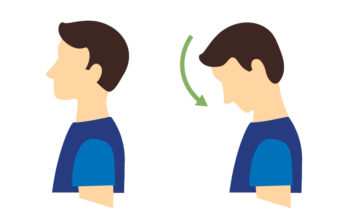
- Rotate your head to one side while keeping your shoulders straight. Hold for 15 to 30 seconds. Relax and slowly return to the first position. Repeat on the other side.
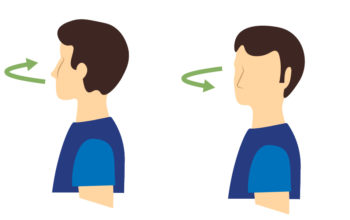
- Tilt your head so that you’re moving your ear toward your shoulder. Hold for 15 to 30 seconds. Relax and slowly return to the first position. Tilt your head to the other side and repeat.
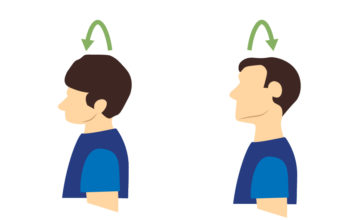
Use these stretches as a warm up to your strengthening exercises.
Strengthening exercises for neck pain relief
Here are two exercises to help prevent future neck pain and injuries:
Squeeze your shoulder blades together and hold for 5 seconds. Don’t squeeze too hard; it should feel comfortable. Repeat 10 times twice a day.
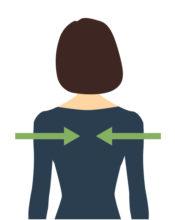
Keeping your neck in a neutral position, do a wall pushup with your feet shoulder-width apart and your elbows straight. Repeat 10 times with 1 to 2 sets. Do this twice a day.
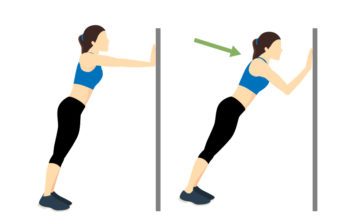
Stretching exercises for shoulder pain
These stretching exercises help loosen up the tight muscles that cause pain and can improve flexibility to prevent future injuries.
Move your chin forward, then slowly pull it back toward your throat, tucking slightly. Keep your chin parallel to the floor. Do this up to 10 times hourly.
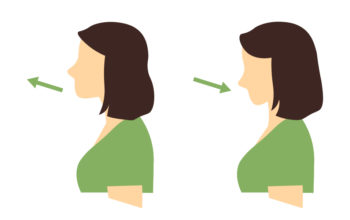
Stand upright with a slight bend to your upper back. Now roll your shoulders up, back and down in a fluid circle. Do this 10 times, and then switch directions and roll your shoulders forward 10 times.
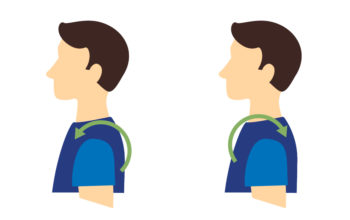
Use these stretches as a warm up to your strengthening exercises.
Strengthening exercises for shoulder pain
These are two examples of strengthening exercises that help prevent shoulder pain using little to no equipment.
- Fill a water bottle (1.5 liters or so) about ¾ full
- Keeping your arm straight, hold the bottle in front of you at shoulder height for 30 to 60 seconds
- Switch arms, doing this 3 times on each side
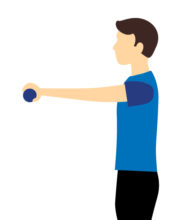
- Lie on your stomach with your arms at your sides. Put a pillow under your forehead if you need to
- Gently bring your shoulder blades together and toward your feet
- Relax your shoulders about halfway down and hold for 10 seconds
- Release your shoulders and repeat the exercise 10 times
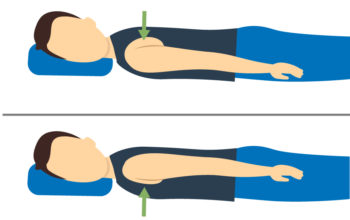
You can also prevent neck and shoulder pain by working on your posture.
Adjusting your posture to prevent neck and shoulder pain
It might not be obvious, but posture has a cascading effect on other parts of the body. Paying attention to your core strength and lower back can ease strain on your neck and shoulders.
Check your standing posture
Take the wall test to adjust your standing posture.
- Stand with your head, shoulder blades, and buttocks touching the wall
- Keep your heels around 2 to 4 inches away from the wall
- Put your hand behind the curve in your back and touch the wall with your palm
Your hand should fit neatly inside of this space.
- If the fit is too loose, tighten your abdominal muscles
- If it’s too tight, arch your back
Remember what it feels like when you find the right spot. This is the standing posture you want to maintain as much as possible. Do the wall test daily as many times as you need to.

Adjust your sitting posture
If you spend a lot of time behind a desk, fixing your sitting posture is especially important.
- Avoid crossing your legs
- Keep your feet flat with your ankles in front of your knees
- Make sure your feet touch the floor or use a footrest
- Relax your shoulders so they’re not too rounded or pulled backwards
- Keep your elbows close to your sides and bent at about 90 degrees
- Unlike standing posture, make sure your whole back touches the chair. Use a back pillow if you need to
- Make sure your thighs and hips are supported with a well-padded seat
- Keep your thighs and hips parallel to the floor
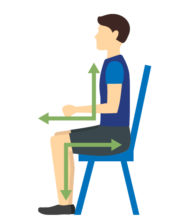
Make sure to take breaks from sitting by adjusting your position, taking brief walks, and stretching your muscles.
Other Remedies for Neck & Shoulder Pain – Hot, cold and TENS Therapy
Heating pads, ice or cold packs, and TENS Therapy (aka electrotherapy) are natural ways to get relief from neck and shoulder pain. A general rule of thumb suggests choosing different therapies based on how long you’ve been experiencing pain.
Use cold for recent neck or shoulder pain
During the first six weeks after a fresh injury, experts recommend applying ice to help reduce inflammation and pain. Ice packs, cold sprays, and/or cold gels are great options to relieve acute swelling.
Use heat for chronic aches and pains
Heat encourages blood flow and helps relax tight muscles. This type of therapy can be introduced six weeks after an injury, and also works best for lingering aches and pains. Make sure your heat therapy isn’t too hot. Try:
- Heating pads
- Heating packs
- Hot towels
- Warm baths, whirlpools and saunas
- Warm baths with Epsom salts
Try TENS Therapy for short and long-term neck and shoulder pain
TENS, or Transcutaneous Electrical Nerve Stimulation, is a drug-free alternative to pain relief that works for both short- and long-term pain. TENS units use mild, pain-free electrical currents to disrupt pain signals.
Make sure you don’t place the TENS unit pads too close to your head or sides of your neck and spine. Please follow the manufacturer’s directions for the best and safest pad placement.
Maintaining good health and well-being requires taking care of your whole body. The causes and cures for neck and back pain are no exception to the rule. Remember, if pain persists or you are unsure that you may have an injury, consult a healthcare professional.